Trace modern Napa Valley history at this family-owned operation famous for hillside Cabernet Sauvignon.
Twenty minutes into a tour of Chappellet Winery‘s rocky, oak-studded Pritchard Hill site, I found myself asking my host, Dominic Chappellet, if he’d appreciated growing up how singular his family’s 640-acre Napa Valley ranch is. He did, he replied, adding that his mother, Molly, with whom Dominic’s late father, Donn, established Chappellet in 1967, made sure he and his five older siblings did.
“My mom wasn’t going to let us get away with not noticing the beauty around us,” Dominic recalled, pointing north to Lake Hennessey and Mt. St. Helena from the family’s home. The residence overlooks vineyards and a garden of Molly’s creation anchored by huge boulders from the property. “At every turn, whether we were driving or taking a walk, she’d say, ‘Wait, stop. Do you see the light right now? It’s never going to be this way again.’ I’ve always appreciated how unique Pritchard Hill is, for itself and our winemaking.”

The Chappellet vineyards range from 800 to 1,800 feet in elevation. Heading downhill from the residence back to the winery, Dominic, who lives elsewhere on the ranch, described his mother’s contributions to its development. “My dad was focused on running the winery. He wasn’t that interested in parties, but my mom knew it was important to get people up here. To show them where we were, what we were doing, and what we’re about. The two of them worked together as a great team.” She also wrote several books about landscaping, gardening, and entertaining.
Depth, Structure, and Complexity
When the Chappellets founded their namesake winery, growing Cabernet Sauvignon on the Napa Valley floor was the norm. They bucked the trend by purchasing land in the Vaca Range east of Rutherford, albeit with the endorsement of André Tchelistcheff, then the region’s preeminent winemaker. “My dad’s goal,” Dominic said, “was to make Cabernet Sauvignon he could put on any table in the world. Like my mom, he was in love with this place, and he was incredibly proud of the wines.”
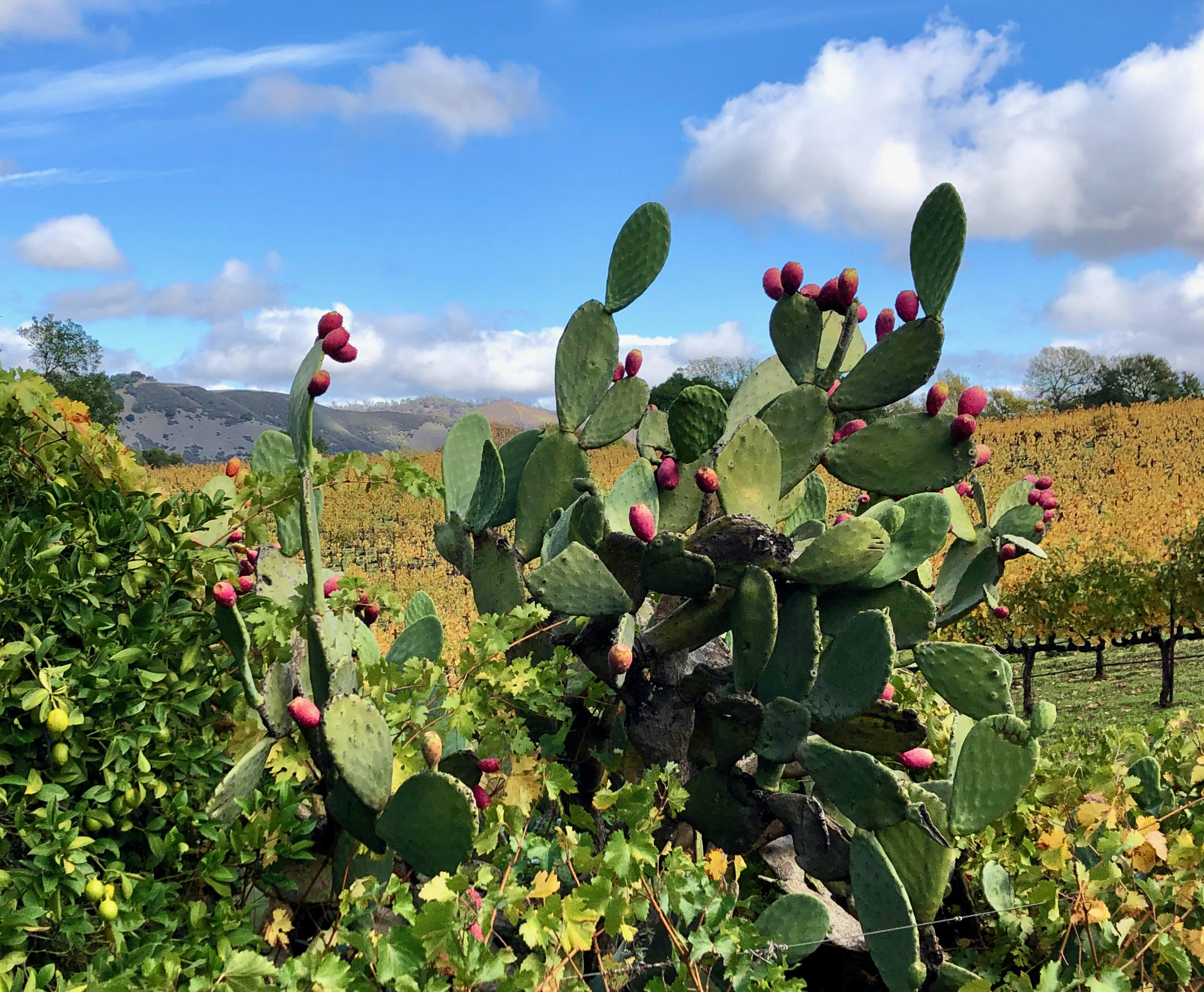
The wines earned praise for their depth, structure, and complexity from the start. The 1969 Napa Valley Cabernet Sauvignon, from vines planted by the previous owner a few years before, still earns critical plaudits. As with their peers, the Chappellets didn’t get everything right the first time. Many of the original Cabernet vines were diseased, for instance, and had to be replaced, and the initial winery, built in the 1970s, contained structural and operational flaws it took a while to correct.

Learning Curve
In many ways, the family’s winemaking history, with early successes punctuated by school-of-hard-knocks setbacks, traces that of the modern Napa Valley. Contemporaries such as the founders of Schramsberg (1965), Robert Mondavi (1966), Trefethen (1968), ZD (1969), and Stag’s Leap Wine Cellars (1970) experienced similar growing pains.
The term “learning curve” came up several times on my tour with Dominic and the subsequent tasting in the original winery, used these days more for aging than making wines. Joining us were longtime (since 1990) winemaker Phillip Corallo-Titus and marketing director Leslie Sullivan. As we sat surrounded by stacks of oak barrels arranged to create roomlike spaces, the mild clatter of post-harvest tasks – the last grapes had come in a week or so before – provided the sonic backdrop. Corallo-Titus, who eschews alcohol during harvest and fermentation to preserve his palate, seemed almost giddy over tasting finished wines again.

Genial Pace
Visits to Chappellet, which usually include a short tour, unfold at a genial pace. Hosts often greet guests with a splash of Chenin Blanc from grapes grown near the winery. Hillside Chenin being a rarity in 21st-century Napa, the wine has developed a small but loyal clientele. The winery produces Chardonnay and Pinot Noir from purchased Sonoma County grapes, with fruit for the Bordeaux-style reds that made Chappellet’s reputation coming from Pritchard Hill or elsewhere in the Napa Valley. Nine clones of Cabernet Sauvignon grown in 80 of the estate vineyard’s 104 planted acres; much of the remaining cultivated land is devoted to Cabernet Franc, Malbec, and Petit Verdot.
The 2018 Cabernet Franc (75%, plus 15% Cabernet Sauvignon, 6% Malbec, and 4% Petit Verdot in a Bordeaux-style blend) and the 2018 Pritchard Hill Cabernet Sauvignon (with 10% Petit Verdot) were among the standouts at our tasting, but everything was skillfully crafted. The one older wine, the 2015 Napa Valley Signature Cabernet Sauvignon, hinted at the Chappellet wines’ ageability.
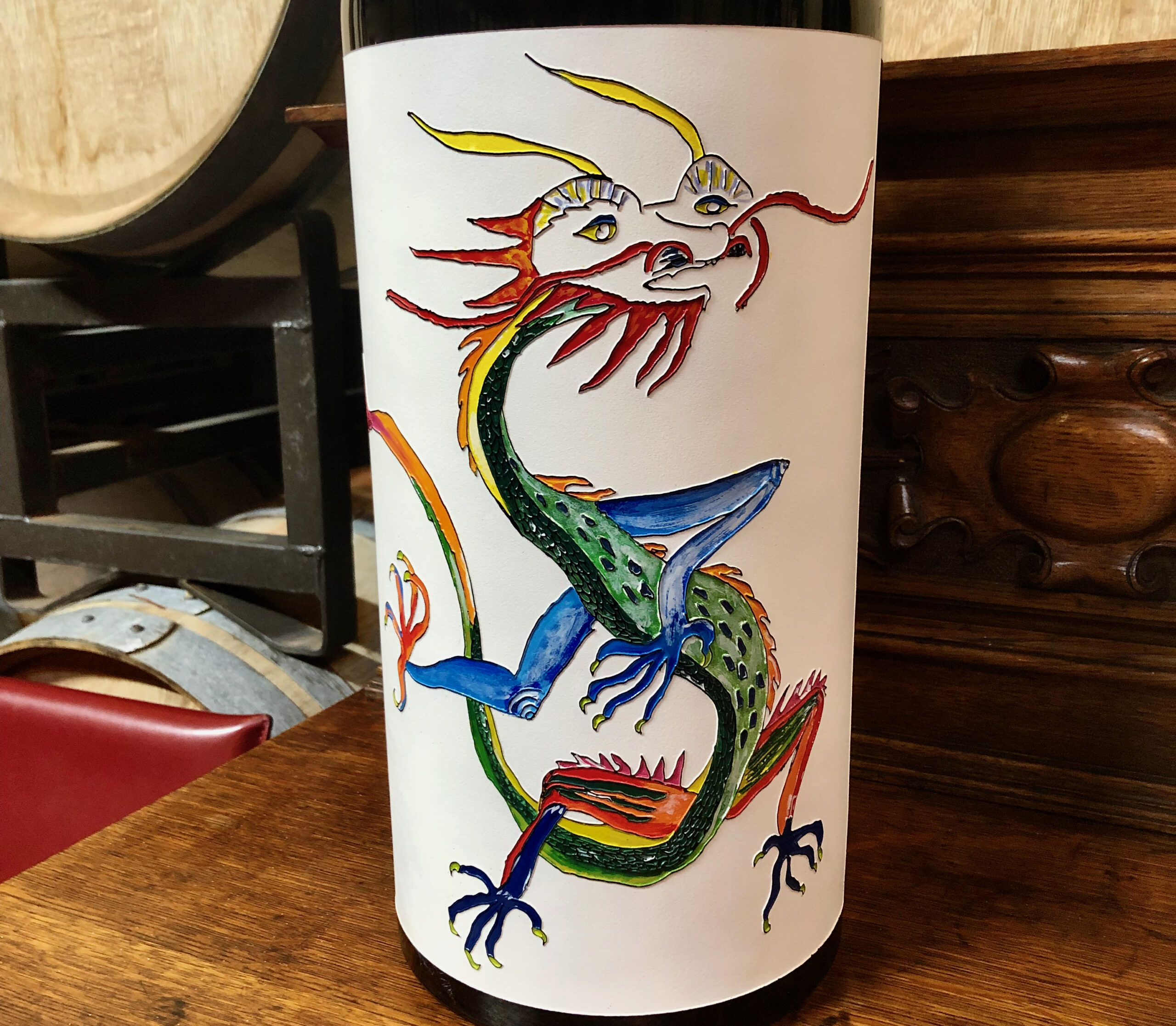
In a previous review of the 2018 Signature Cabernet Sauvignon, tasted again at the winery, I’d mentioned that it “recalls the boldness of late-1970s/early 1980s Cabs but with . . . every element (fruit ripeness, tannins, oak use) dialed in more subtly.” Corallo-Titus’s observations about how vineyard and winery improvements over the decades have elevated the Chappellet wines reinforced the impression. (Read the winemaker’s detailed thoughts about Chappellet and its evolution here.)
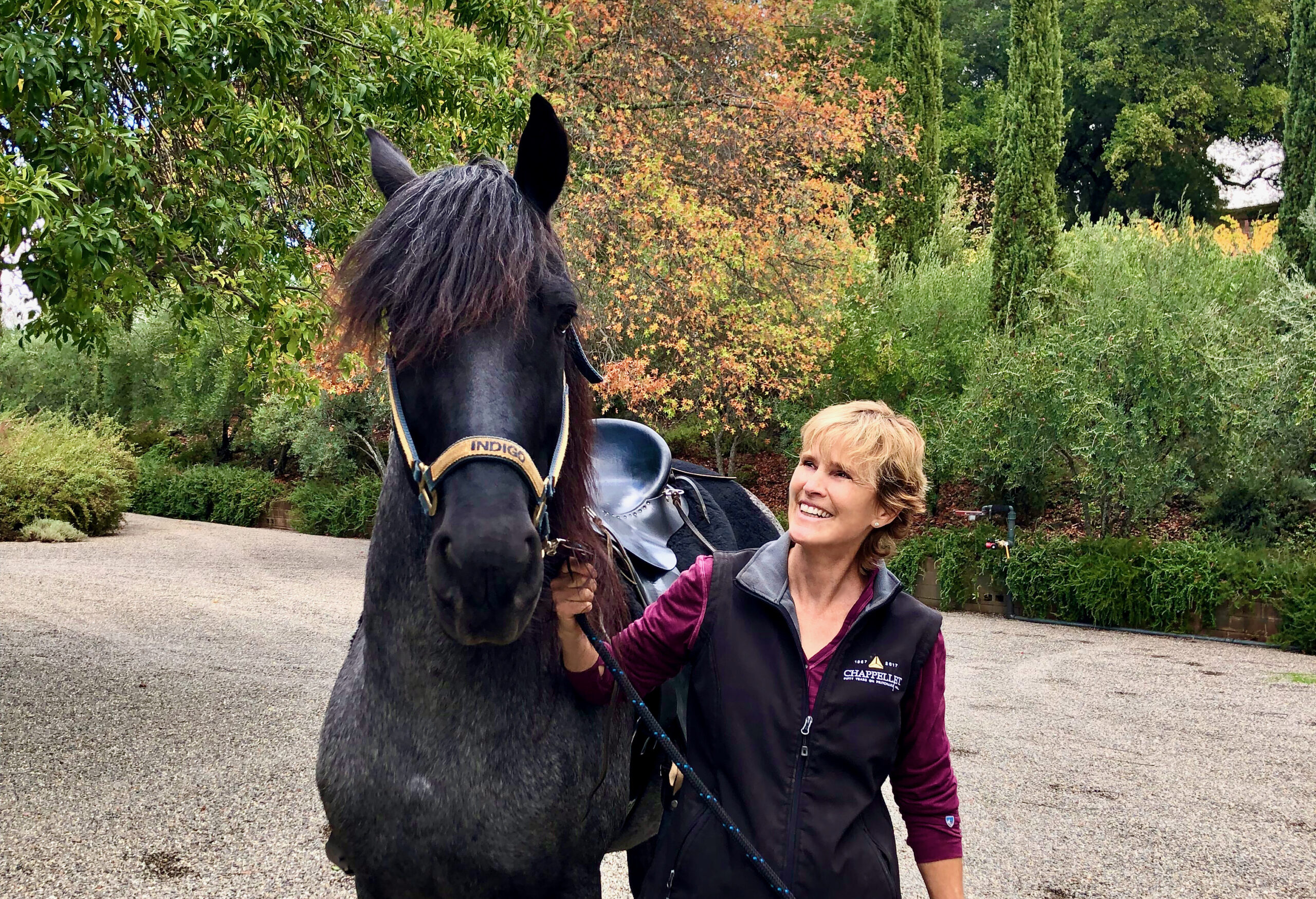
Addressing the Future
As our tasting wound down, Dominic paid tribute to his parents and other late-1960s and early-1970s pioneers who helped establish the Napa Valley people cherish today. “They were involved in creating the Napa Valley lifestyle, but they were also politically involved, with the ag preserve,” he said, referring to the Napa Valley Agricultural Preserve. This legislation limited development when farmland in Silicon Valley and elsewhere was being transformed into suburban housing. “Along with the Napa County supervisors, those early winery families realized this was a special place” that deserved saving.
“The wines we make are exceptional,” Dominic concluded, “but for me they are also the vehicle that allows us to go forward into the future with this property. So they go hand in hand. The wine won’t happen without the property, but the property doesn’t remain under our stewardship without these wines. When people visit, I like them to understand that, and why our family desires to have that continue.”
Why go: hillside setting, rich experience; family presence; skillful winemaking.
Info
1581 Sage Canyon Rd., St. Helena 94576
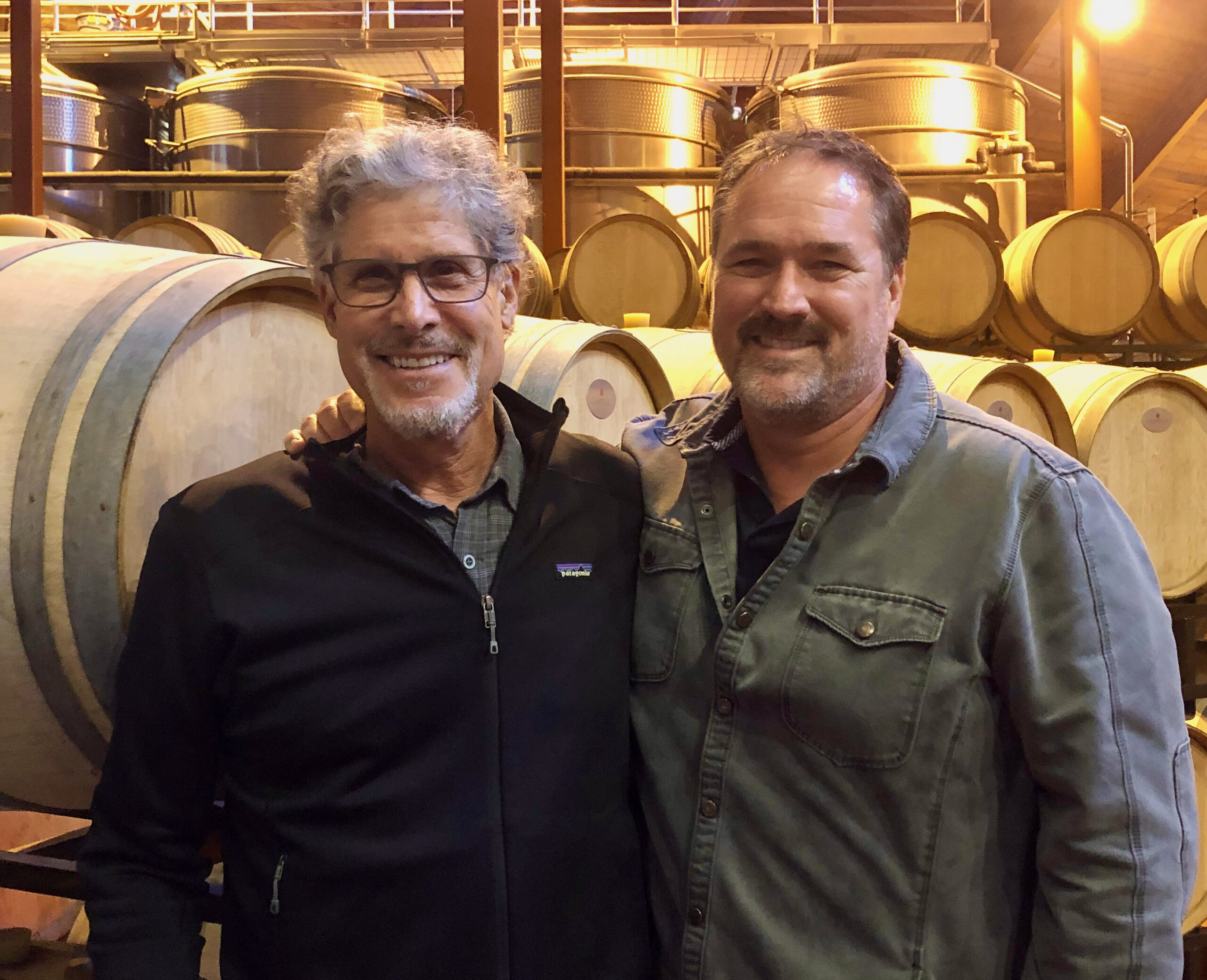
Napa Valley Itineraries
Downtown Napa in a Day
48 Perfect Hours in Calistoga
3 Historic Napa Valley Wineries Day Trip
3 St. Helena Wineries with a Personal Touch
2 Splendid Days in Walkable Yountville
More About St. Helena
Wineries
Charles Krug Winery
Corison Winery
Louis M. Martini Winery
Schweiger Vineyards – Halfway to Heaven atop Spring Mountain
Stony Hill Vineyard
Tres Sabores Winery
VGS Chateau Potelle
Where to Eat and Stay
St. Helena Lodgings Cheat Sheet
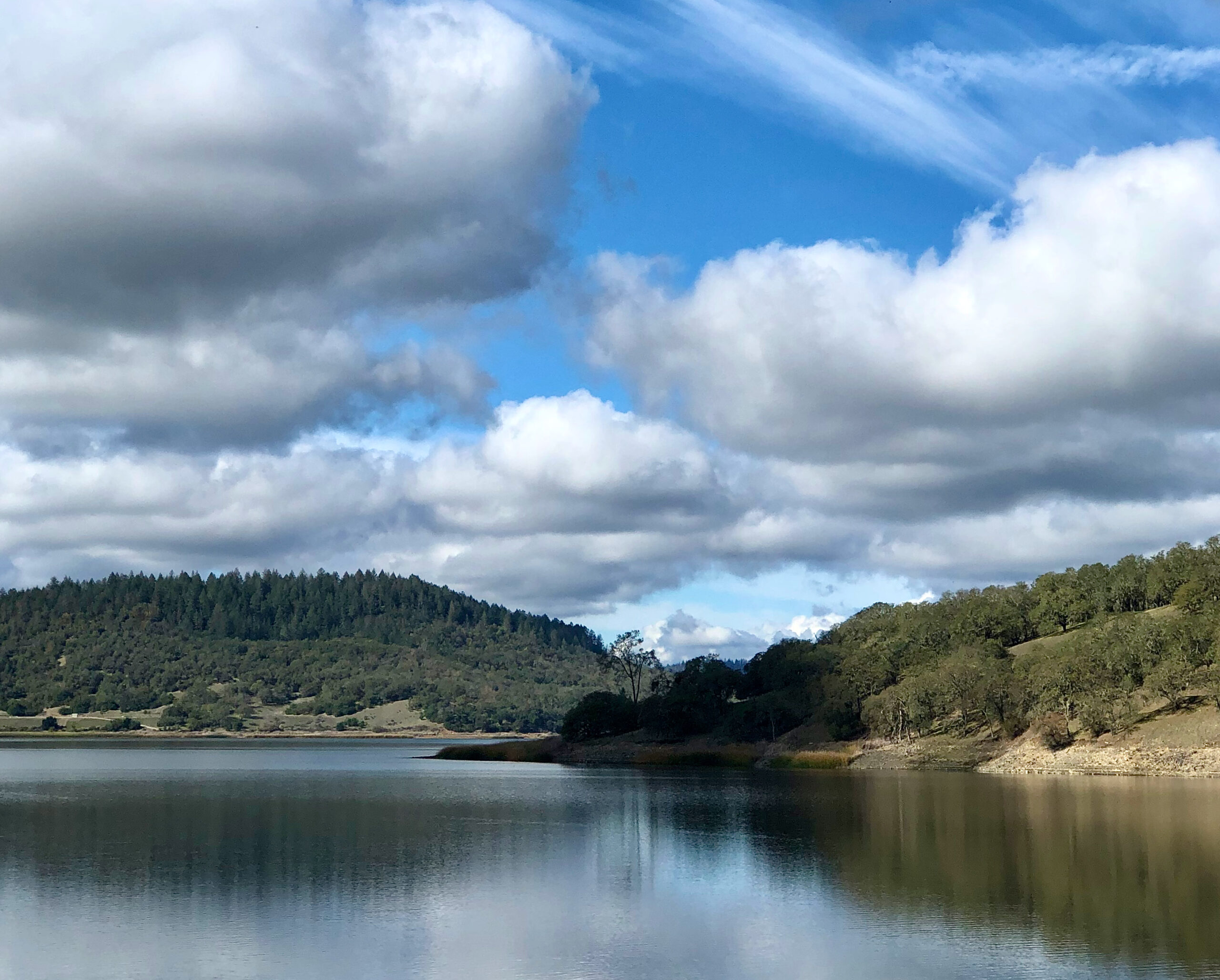
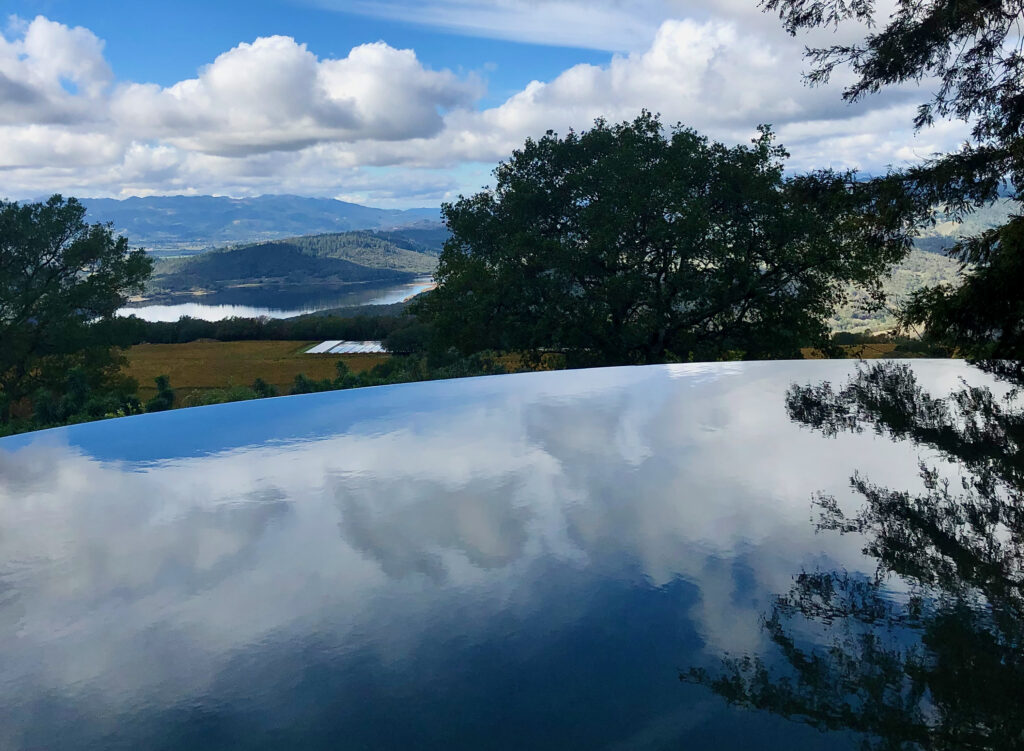
Pingback: STORY INDEX BY REGION – Daniel Mangin